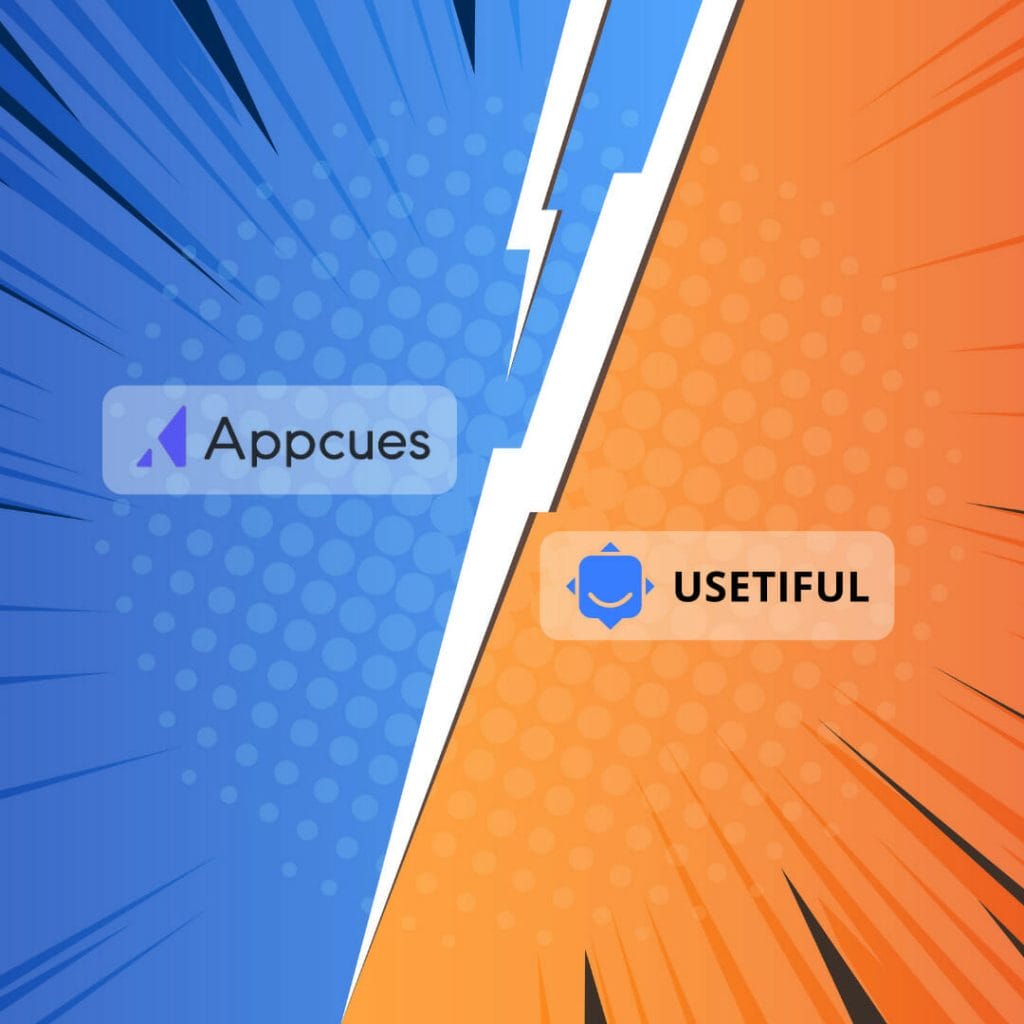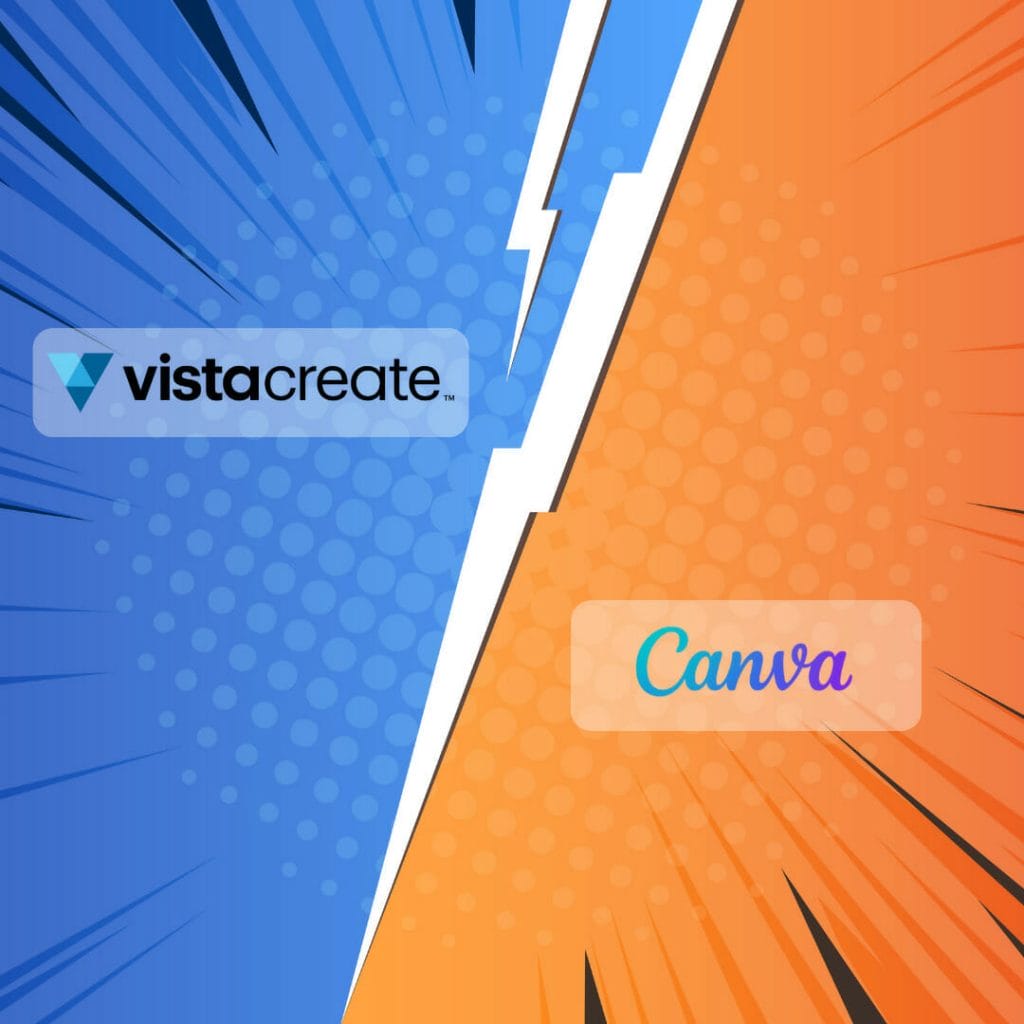When it comes to architectural design software, two popular options stand out among professionals – Revit and SketchUp. Both of these programs offer a wide range of features and tools to create detailed and accurate models for various types of projects. With their distinct capabilities and applications, choosing between Revit and SketchUp may seem like a challenging task for some users. This comparison review aims to provide valuable insights into the key differences between these software solutions in order to help professionals make informed decisions when selecting the one that best suits their needs.
Revit is an industry-standard Building Information Modeling (BIM) software that caters to professionals looking for a comprehensive tool to design, analyze, and document complex architectural projects. Renowned for its advanced BIM capabilities, Revit covers every aspect of a building project lifecycle, from conceptual design to construction documentation and facilities management. With its powerful features, Revit caters to architects, structural engineers, and MEP professionals alike, enabling efficient collaboration and coordination among team members throughout the design process.
On the other hand, SketchUp is a user-friendly 3D modeling software that emphasizes simplicity and ease-of-use, making it a popular choice for both beginners and experienced designers. Its intuitive interface and extensive library of pre-built components make it ideal for creating quick concepts and presentational models. SketchUp is often chosen for its versatility in handling small to medium-scale projects including interior design, product design, and landscape architecture.
About Revit

Revit is a leading design software developed by Autodesk, a prominent software company known for its robust Computer-Aided Design (CAD) solutions such as AutoCAD. Revit is specifically designed to support Building Information Modeling (BIM), a workflow that emphasizes the creation and management of intelligent 3D models throughout the architectural, engineering, and construction (AEC) project lifecycle. The software aims to improve collaboration, streamline documentation, and facilitate effective decision-making within the industry.
In the world of architecture and construction, Revit has established itself as a reliable and comprehensive design software. The integration of 2D drafting and 3D modeling within the platform allows designers to generate plans, sections, and elevations seamlessly. Revit also supports parametric modeling, which makes it possible to alter design elements quickly and maintain their relationships. This powerful feature makes it an ideal choice for architects and engineers who need an efficient tool for creating complex building designs.
Dynamo is another integral component of the Revit platform. It is a visual programming tool that extends the capabilities of Revit, enabling users to create custom algorithms, automate workflows, and optimize designs. With Dynamo, Revit users can enhance their performance, solve specific design challenges, and develop innovative solutions that were previously impossible or highly time-consuming using traditional CAD techniques.
Autodesk Revit stands out among other BIM software due to its ability to manage and integrate a wide variety of data into a single model. Users can input elements such as material properties, load-bearing capacities, and performance benchmarks directly into the software. This comprehensive approach ensures that building designs are well documented and easy to analyze as the project progresses. Additionally, Revit’s cloud-based collaboration tools facilitate smooth communication among team members, making it easy to share project data and make updates in real-time.
Overall, Revit is a powerful and versatile BIM solution that suits the needs of various professionals within the AEC industry. Its impressive performance, documentation capabilities, and extensive feature set make it a key player in the building information modeling and computer-aided design landscape. By leveraging Revit, architecture and construction teams can confidently tackle complex projects and deliver high-quality results.
About SketchUp

SketchUp is a popular 3D design software developed by Trimble. It offers an intuitive interface that allows users to create and manipulate 3D models with ease. One of the key features of SketchUp is its extensive 3D Warehouse, which hosts a wide array of pre-made models and components. This helps to streamline the design process as users can import these objects directly into their projects.
SketchUp is available in two versions: SketchUp Free and SketchUp Pro. The free version is a web-based application that enables users to create basic 3D models, while the Pro version offers advanced features and tools. SketchUp Pro is also compatible with both Mac and Windows operating systems. Additionally, SketchUp is known for its wide variety of plugins and extensions, which further enhance the software’s capabilities.
Some of the noteworthy plugins for SketchUp include rendering solutions that allow users to create photorealistic images from their 3D models. These rendering tools are particularly useful for interior designers who require realistic visualizations of their projects. Extensions for SketchUp, on the other hand, can improve specific aspects of the software, such as adding additional tools or improving existing functionalities.
In contrast to other design software like Rhino, SketchUp focuses more on simplicity and ease of use, making it an ideal solution for professionals and hobbyists alike. The user interface is designed to be user-friendly, with features such as easy-to-navigate toolbars and a large canvas for creating 3D models. Moreover, SketchUp users can also create schedules and generate detailed reports and screenshots of their designs, which can be helpful for presentations and project management.
In conclusion, SketchUp is a versatile and powerful 3D design software that offers a wide range of applications and benefits. From its user-friendly interface to the extensive 3D Warehouse, SketchUp provides an efficient platform for creating and sharing 3D models. The availability of plugins and extensions further broadens the potential of this software, making it a popular choice among professionals in various fields, such as interior design and architecture.
Round 1: Best UX

When comparing Revit and SketchUp, the first factor to examine is their user experience (UX). This includes evaluating the design, interface, usability, and overall user-friendliness of both software packages.
Revit, a comprehensive BIM software, offers a feature-rich interface that caters to the needs of professionals in architecture, engineering, and construction fields. The software streamlines workflows and enables real-time collaboration. However, with its in-depth functionality, Revit’s learning curve can be steep for novices and may require ample time to master.
On the other hand, SketchUp is known for its simplicity and straightforwardness. The software supports creatives from various backgrounds, including woodworking and film stage design, making it a versatile and accessible choice for diverse users. Its intuitive interface and user-friendly tools enable new users to start building 3D models quickly without much prior experience.
In terms of usability, both software applications excel within their respective niches. Revit is tailored for professionals seeking advanced BIM capabilities, while SketchUp’s ease of use appeals to beginners or those looking for a lightweight tool. The choice between the two depends on the specific needs and skills of each user.
To summarize, Revit comes with a powerful and robust interface that caters to AEC professionals but might be slightly overwhelming for newcomers. In contrast, SketchUp offers a user-friendly and intuitive experience, making it a more suitable option for users who require simple, versatile tools for various creative projects.
Round 2: Features Comparison

When comparing Revit and SketchUp, it is essential to examine the features offered by both software programs to determine which one best suits your needs in the areas of models, differences, support, training, materials, documentation, and components.
In terms of models and components, Revit is primarily recognized for its BIM (Building Information Modeling) capabilities, which enable architecture, engineering, and construction (AEC) teams to design, document, visualize, and deliver projects effectively. This advanced parametric modeling allows for the creation of intelligent 3D models with detailed information on every element and the ability to modify them quickly. SketchUp, on the other hand, is known for its simplicity and ease of use, making it an ideal choice for smaller scale projects, interior design, and conceptual modeling tasks. While SketchUp doesn’t offer the same level of parametric modeling as Revit, its intuitive interface allows for quick modeling of designs and creation of custom components.
Regarding differences in features, Revit provides robust functionality, including scheduling, analysis, and detailing tools, which cater specifically to the needs of AEC professionals. SketchUp offers a more straightforward feature set and focuses on faster design iteration and visualization. The software accomplishes this through a comprehensive 3D warehouse, offering users a vast library of models and materials. Additionally, both Revit and SketchUp support plugins that extend the software’s capabilities and tailor it to specific industries.
When it comes to support and training, Autodesk, the makers of Revit, offer dedicated support teams, online forums, and extensive training materials and documentation for their software. They also provide official certifications for professionals who want to prove their proficiency in the software. SketchUp has a robust user community as well, which can be found on online forums, blogs, and YouTube channels, where users can obtain advice and share tips. While SketchUp’s parent company, Trimble, doesn’t offer official certifications, they do provide comprehensive learning resources, including video tutorials and an extensive help center for users to explore and learn the software.
Hardware requirements for the two programs differ, with Revit generally needing more potent hardware to run smoothly, especially for larger projects. This is due to its robust computational and rendering capabilities. SketchUp can typically run on less powerful machines, as its system requirements are more lenient, making it an easier option for smaller businesses or those with limited hardware resources.
In summary, the features comparison between Revit and SketchUp highlights the distinction in their target user bases, with Revit focusing on providing advanced capabilities for AEC professionals, and SketchUp offering a simpler, more accessible option for smaller-scale projects and those new to modeling software. This analysis, combined with factors such as affordability and ease of use, will aid in determining the most suitable software for your needs.
Round 3: Price

In this round, we’ll discuss the pricing of the two popular design software, Revit and SketchUp. Understanding the costs involved plays a significant role in determining which software better suits your requirements and budget.
Starting with Revit, the software uses a subscription-based model. The cost of a Revit subscription plan starts at $335 per month. However, subscribing to an annual plan will be more economical, typically lowering the monthly cost. These plans come with cloud services, software updates, and technical support.
On the other hand, SketchUp offers a free version with basic features and a simpler user interface. For the premium version, pricing begins at a flat rate of $119 per year for a single user. The paid versions of SketchUp differ in the features, cloud storage, collaboration capabilities, and support options included in the package.
When comparing the pricing of both design tools, the costs associated with Revit are notably higher. However, with the higher price tag, professionals in architecture, engineering, and construction (AEC) receive access to more advanced and comprehensive tools to carry out their projects. SketchUp, being more budget-friendly, works well for small businesses and designers who do not require the advanced functionalities that Revit offers.
To sum it up, Revit may require a higher financial investment, but it offers more advanced features that cater to professionals in the AEC industry. SketchUp, with its simpler interface and lower costs, is a go-to choice for those with limited budgets or for those who only need basic design functionalities.
Battle Decision: Revit Winner

When comparing Revit and SketchUp, it’s clear that Autodesk Revit takes the crown as a more powerful and versatile design tool for architects, engineers, and other professionals in the construction industry. This BIM (Building Information Modeling) software offers a complete suite of tools specifically tailored for designing, modeling, and documenting buildings and infrastructure.
Revit’s flexibility and scalability make it suitable for a wide range of projects, from small residential building designs to complex commercial and industrial structures. Its parametric modeling capabilities allow users to create intelligent, data-rich models that can adapt to changes in design with ease. These features significantly improve the design process and make it easier for professionals to collaborate on projects.
Performance-wise, Revit is designed for optimal efficiency, handling large models and complex geometry without slowing down. This is particularly important in the construction industry, where designs often involve large amounts of data and intricate design detail. With Revit, users can expect smooth and streamlined performance, even when working with substantial models.
One noteworthy feature of Autodesk Revit is its integration with Dynamo, a visual programming platform that allows users to automate tasks and create custom workflows for their projects. This powerful tool extends the capabilities of Revit, providing architects and engineers with even greater control over their designs and greater opportunities for innovation.
Compared to SketchUp, Revit offers a more comprehensive approach to building information modeling. As a BIM software, it allows for seamless collaboration and real-time data exchange between different professionals involved in the construction process, such as architects, engineers, and constructors. This comprehensive approach to design and construction greatly improves efficiency and ensures that all stakeholders are working together towards a successful project.
In summary, Autodesk Revit comes out as the winner in this software battle. With its powerful design, modeling, and documentation tools, advanced BIM capabilities, seamless collaboration features, and integration with Dynamo, Revit proves to be a versatile and efficient ally for any professional in the construction industry.



